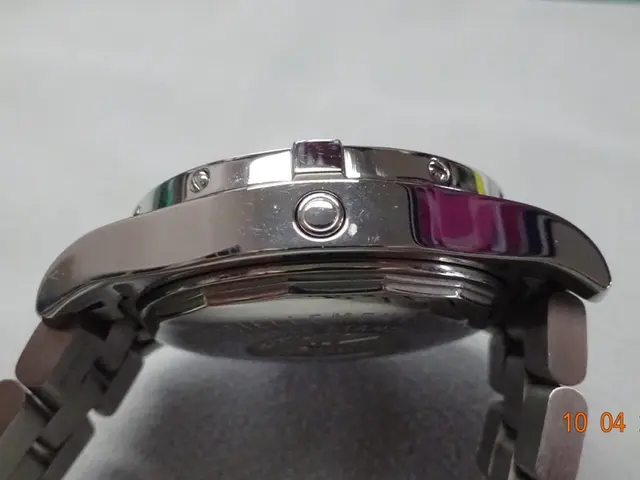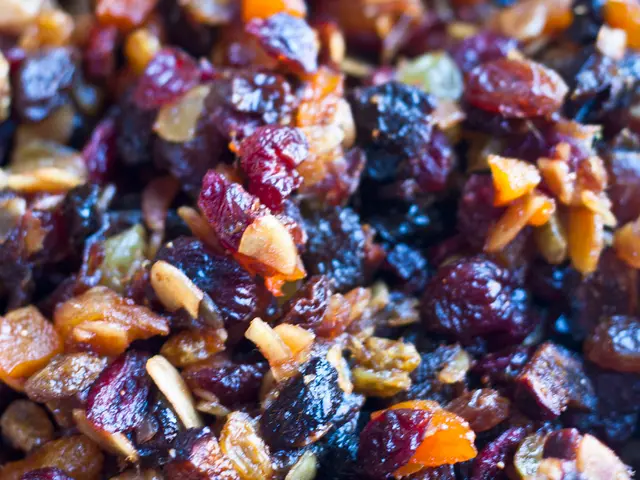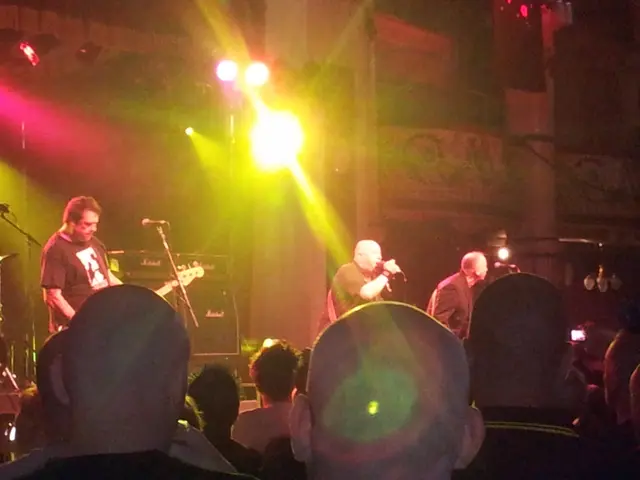Canadian Goldenrod Eradication in Warsaw Facilitated by Google - 2025-06-25
On a sunny June day in 2025, over 40 residents of Warsaw gathered at the Pawilon Edukacyjny Kamieńin for an ecological action with a shared goal: to remove the invasive plant species, Canadian goldenrod.
The Canadian goldenrod, known for its significant impacts on local biodiversity and ecosystems, is an invasive plant species that forms dense, monoculture stands, often outcompeting native vegetation. This disruption of native plant communities can lead to reduced diversity and alter ecosystem processes, such as nutrient cycling and decomposition rates.
While Canadian goldenrod provides forage and habitat for some pollinators and insects, it does not support the same diversity and abundance of native animal species compared to native plants. Its presence can also impact ecosystem services, including water availability and soil stability, often facilitated by disturbances such as wildfires or human activities.
To combat this invasive species, the community employed a variety of methods. Mechanical removal, such as hand-pulling, cutting, or mowing before seed set, can reduce spread but requires repeated efforts due to goldenrod's vigorous root system. Chemical control, using targeted herbicides, can be effective but must be managed carefully to minimise impacts on non-target species and the environment.
Ecological restoration, reintroducing native species and restoring native plant communities, helps resist reinvasion by outcompeting goldenrod seedlings. Long-term monitoring and management are also crucial to prevent reestablishment, as goldenrod readily regenerates from root fragments.
Integrated approaches, combining mechanical, chemical, and ecological methods tailored to specific sites, usually yield the best control outcomes.
The Kamień Pavilion, an environmentally valuable area serving as educational and recreational spaces for Warsaw residents, was the focus of this community effort. During the event, six large piles of Canadian goldenrod were collected, and the Warsaw Greenery Department will dispose of them properly. Two plots around the pavilion were cleared, marking a significant step towards preserving the local biodiversity and ecosystem.
Although Canadian goldenrod can provide some ecological value, its invasive nature necessitates ongoing management to protect native habitats and species. The community's efforts serve as a testament to the power of collective action in safeguarding the environment.
In the aspiration to promote sustainable living and protect native habitats, the residents of Warsaw employ an integrated strategy to manage the invasive Canadian goldenrod, committing to methods such as mechanical removal, chemical control, and ecological restoration in their conservation efforts. Simultaneously, they aim to introduce more native species to the Kamień Pavilion, a home-and-garden where environmental science and lifestyle intertwine, in order to create a supportive environment for native biodiversity and preserve the local environmental-science balance.




